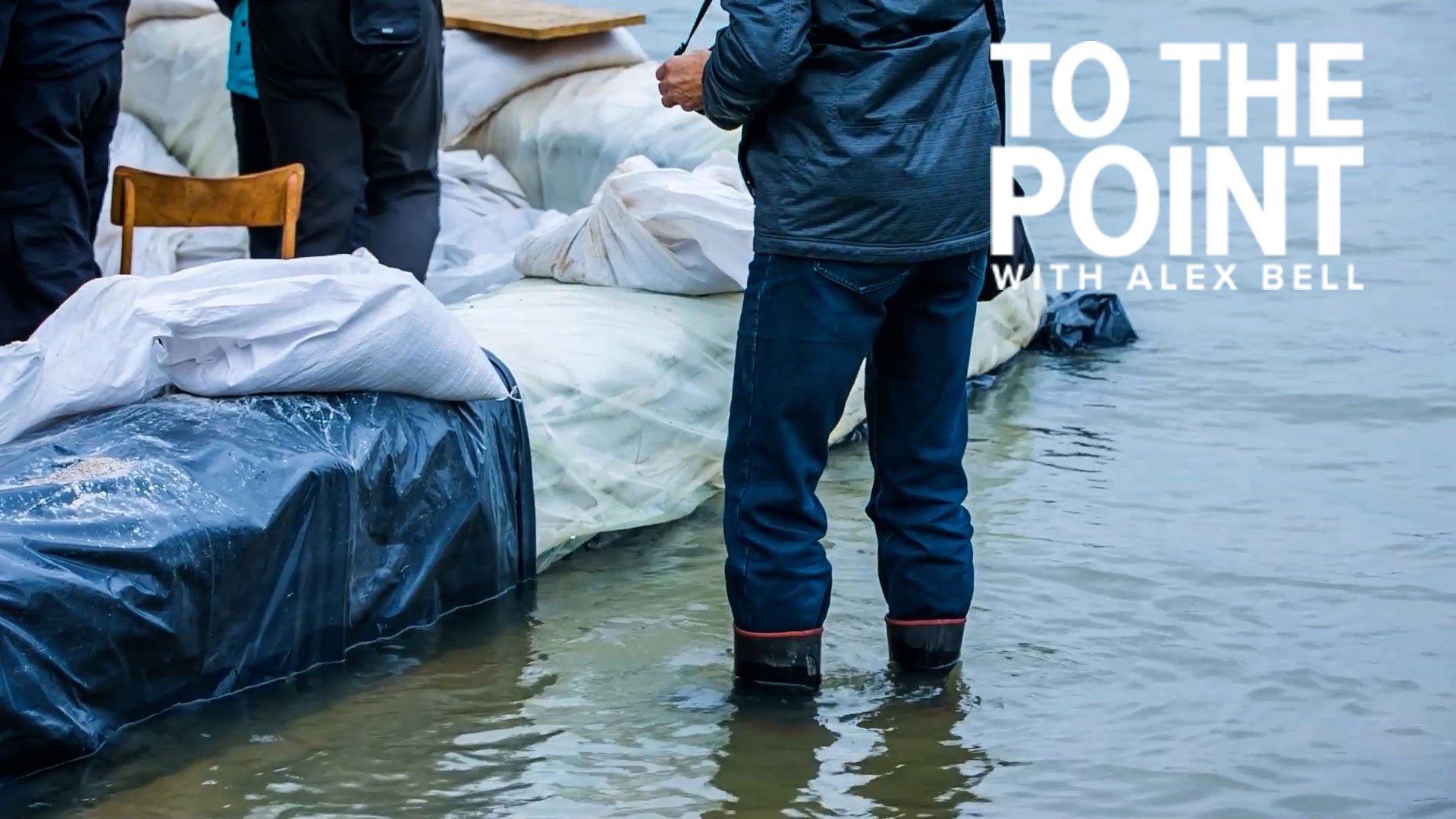SACRAMENTO, Calif. — What ends a drought instantly? Meteorologists will say enough water to recharge the soil moisture, water wells, and lakes... but what happens when storm after storm inundates a drought-stricken area?
The megaflood has been discussed — a series of atmospheric rivers being pulled in by storm after storm, bringing relentless rainfall with little recovery for cities between storms.
"There's a new model out and it's predicting that the mega storm is probably much more (a) reality than we know," said Frank Mansell with FEMA public affairs. "One of the things that we say at FEMA is that all droughts are followed by floods."
He says catastrophic events like floods are rehearsed all the time, and still with warnings to residents, many find themselves left wondering what to do.
"I don't know how many disasters I've been at where people had no idea what insurance policies they had. Bank account numbers, all that stuff that you take for granted as having, you will likely have destroyed in a disaster," said Mansell.
So, this begs the question: Are we really prepared?
Mansell works closely with flood insurance specialists with the National Flood Insurance Program. He says many people think they’re covered with home insurance and find out the hard way.
“Flooding can happen anywhere it rains because you can get street flooding," he said. "Levees are constantly under pressure, there's always water flowing past them, eroding at the base of the levee, and levees do overtop. It's a nice system, but it's not foolproof, and it doesn't offer 100% protection."
According to FEMA, over 90% of flood insurance policies are covered by the NFIP. Those interested can buy flood insurance through their current insurance company and participate in a “write your own” policy. The NFIP allows the insurance company to write and service government flood insurance using its own brand name.
Premiums are assessed through flood maps.
"After a community gets its flood maps, it also comes with a set of building standards for that community," said Mansell. "We assume that you as a homeowner building after the flood maps… after the flood maps are out, you are going to build to that new standard. You pay what are called actuarial rates. Those are rates that really reflect the risk."
The National Flood Insurance Program has paid $72 billion in claims to about two million policyholders, according to a statement by David Maurstad, a senior executive of the National Flood Insurance Program.
"The largest caveat is that FEMA will not duplicate benefits," said Mansell. "So, if my home is damaged significantly from a flood, for instance, if I've got flood insurance, FEMA won't pay you, we will pay you for everything your flood insurance doesn't cover up to a total of above $35-40,000."
Private flood insurance is beginning to gain ground in sales as more tools and forecasts for flood zones become available. Often private insurance can cost a bit more but can cover homes that are at a high value.
"The private insurance companies never got into the game really, until later," said Mansell. "Predominantly, they're usually higher, but not necessarily. So, you can shop around and compare prices, and you can also use private insurance to augment your national flood insurance program. So, if you thought your structure was worth more than $250,000, you may want to look at a private insurer to cover the balance."
The biggest misconception about flood insurance in California is that you don’t need it.
"Sacramento is at the confluence of two rivers," said Carlos Eliason with the city of Sacramento. "Some studies suggest that Sacramento is actually one of the top 10 in the nation, most at-risk for flooding due to rivers."
Flood maps around the Sacramento metro area show the regions near rivers, lakes, dams, levees, and canals are at risk.
Take Natomas, the Pocket, and south Eugene, each surrounded by major water sources. Still, it doesn’t mean outlying areas are safe.
"40% of our flood claims that we pay are for structures that are not in a flood zone," said Mansell.
John Cain with River Partners continues to advocate for public education when it comes to our water channels.
"Make sure you get flood insurance, even if you're protected by a levee because that levee could fail. Having a community of not just a few homeowners, but the whole community of people having flood insurance really helps the community build back from floods," said Cain.
While it’s important to protect your property, it’s even more important to protect your family. In an event of a megaflood, as seen in hurricane situations, it may take days to see flooding occur, and not just during the storm itself.
"Lot of folks need to just kind of take stock of their family situation, their housing situation, make sure that they know the evacuation routes that might work best for them, understanding that the evacuation routes that they think might be available may not be so making sure there's primary backup type routes available. What they drive to work every day during a major disaster might not be a route that's open," said Daniel Bowers, the EMA director for the city of Sacramento.
Those emergency to-go bags constantly mentioned in earthquake scenarios can also be used in floods.
"Having a kit that's fully inclusive of everything that they may need, including personal medications, pet supplies, things like that, that can accommodate everybody within their family," said Bowers.
In the event levees or drainage canals are inundated with water in a megaflood, you and your family will need to evacuate at a moment's notice.
Here are some additional items you’ll need in those emergency kits:
- Three days' worth of nonperishable food
- Water
- Can opener
- Flashlight and batteries
- Phone chargers
- First aid kits
- A whistle
- Important documents
- Clothing and blankets
- Cash on hand in case of power outages



















